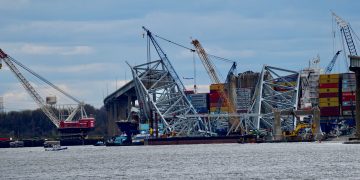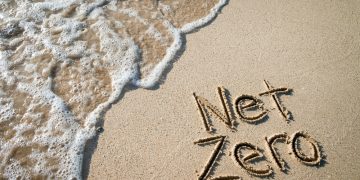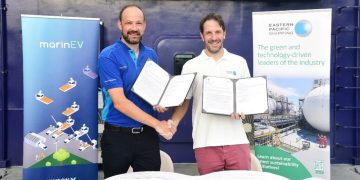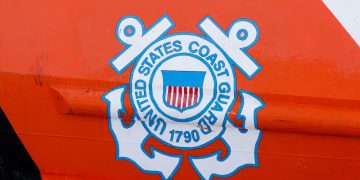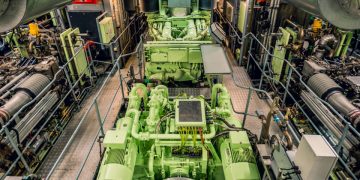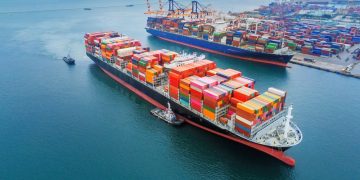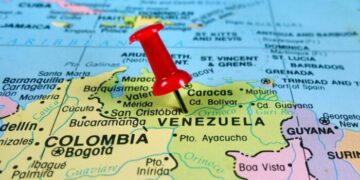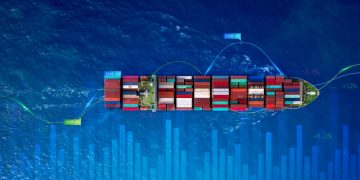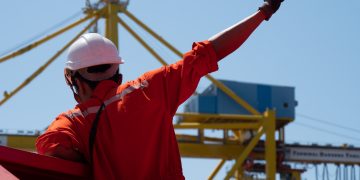Maritime Spatial Planning focus for MONALISA at GreenFjord
MONALISA 2.0 had its debut in Western Norway during the Green Fjord' conference in Geiranger, January 22/23, 2014. Green Fjord 2020 is the forum which is about to outline a green future for the unique UNESCO World Natural Heritage Site of Western Norwegian Fjords', famous for its fantastic panoramic scenery with steep mountains and deep fjords. With a vision of leaving no footprints behind', the conference gathered local, regional and international expertise on how to achieve sustainable regional development within a framework of environmental initiatives, green technologies and conservation of existing cultural values. Increasing the profile of the area and sharing the popular travel destination with many visitors from across the globe, provides both challenges and opportunities. Transport - by sea and by land - is one of them; most of the hundreds of thousands of guests visit Geiranger by cruise-ship during the summer season. Air pollution and traffic control issues were some of problems addressed by the conference. Annelise Chapman (Møreforsking AS, Norway) gave a talk where she presented MONALISA's work on Maritime Spatial Planning in the context of environmental transport at sea'. The Southern Norwegian Sea, including the UNESCO world heritage area around Geiranger, is one of three ...
Read more






